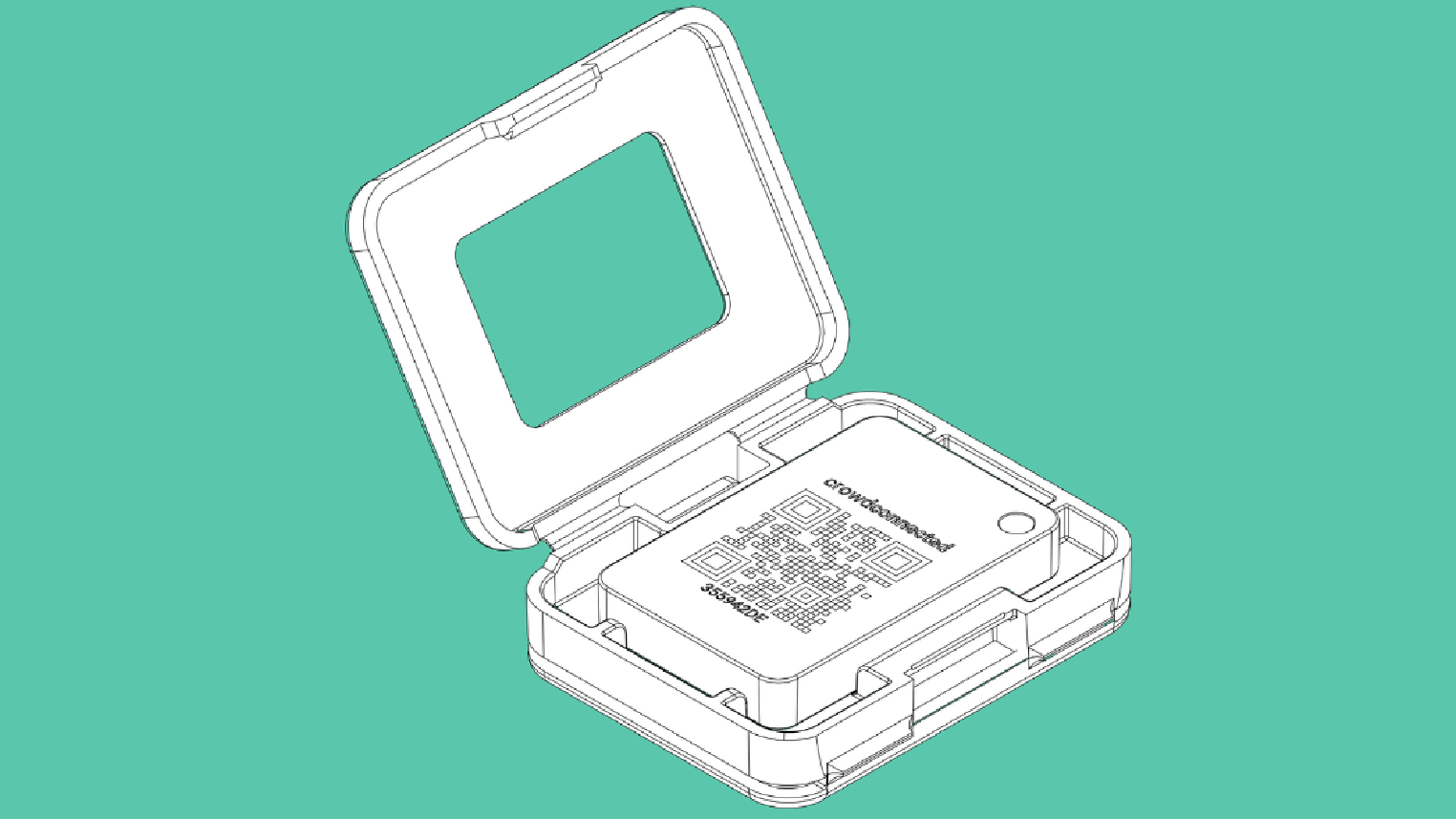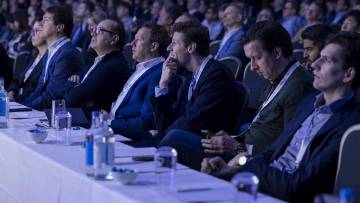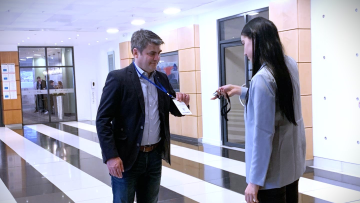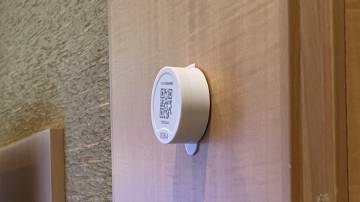Not just the latest tech - tech that just works

It’s a familiar narrative; Buy the latest tech and solve all your problems. The events industry is moving faster than ever.
But through the lens of a fast-moving and temporary event, shiny new tech is about as far as it gets from tried and tested reliability. Seasoned event tech buyers know to avoid anything new, recognizing it needs to bed in fully to become a trustworthy proposition.
At an event, the technology simply has to work.
In developing our attendee tracking solution , we reminded ourselves how event tech is only as good as the service wrapped around it. Think about every successful model out there, and it will fit that formula.
We spent time streamlining every operational detail to make the deployment process easy. Although our wearable tags are smart and connected - pretty much state of the art - they are no good without the correct accompanying hardware. In this case the tag holder - or clip - as pictured above.
The location too of that hardware and ease of management is also vitally important. We now hold stock in 4 countries globally. In the Middle East we recently announced a partnership with Info Salons to give us a base and deployment capability covering that region.
Our tech just works. We’ve been refining our solutions in different markets too and triangulating the learnings.
In the public buildings space for example, we’re working with Lightricity on an Innovate UK funded R&D project. Lightricity is developing a pioneering, light-powered mesh beacon, bringing us in as a commercial partner to help pilot a combined navigation and asset finding solution based on its technology.
This uses the same underlying software as our event deployments. But we recognize the requirements of each individual sector.
Unlike with events, buildings installations last for years. So we need to think about total cost of ownership, battery changes and product lifecycle.
We were proud to receive our third patent recently. It means we can now talk about what makes our indoor positioning algorithm unique and validates our continued investment and genuine innovation.
What makes our algorithm unique is its ability to continually adapt to a changing environment.
We use signal strength to estimate how far away a phone or tag is from fixed beacons. However if the room changes - say it fills up with people - the signal strength drops. In addition, different phones register different levels of signal strength. Some are more sensitive than others or they may be simply within a bag or pocket. These scenarios can make it more difficult - or impossible - to accurately gauge position.
Our solution to this problem uses machine learning to continually adapt to the changing environment. The algorithm, which sits behind our indoor positioning system, is then able to self calibrate the relationship between signal strength and distance, thereby uniquely solving the problem.


